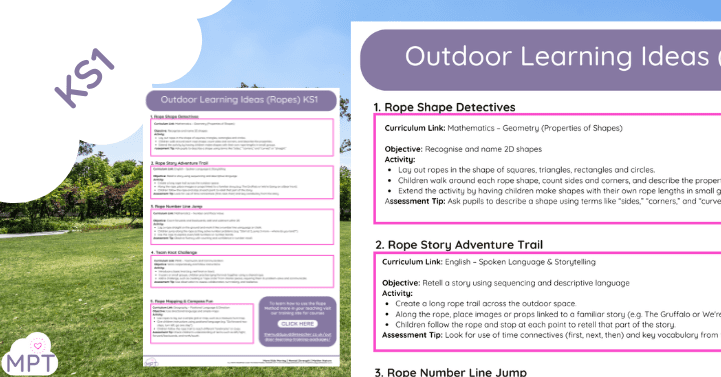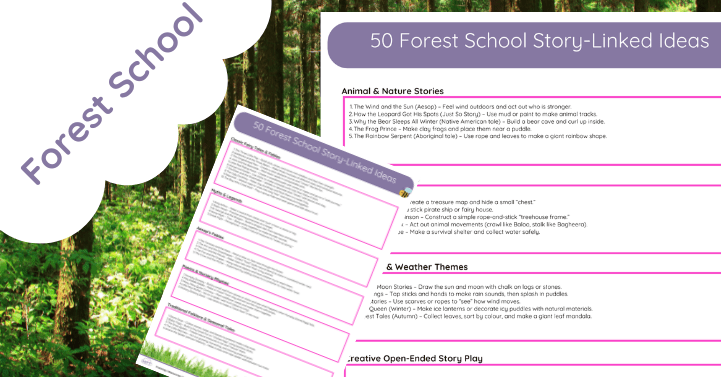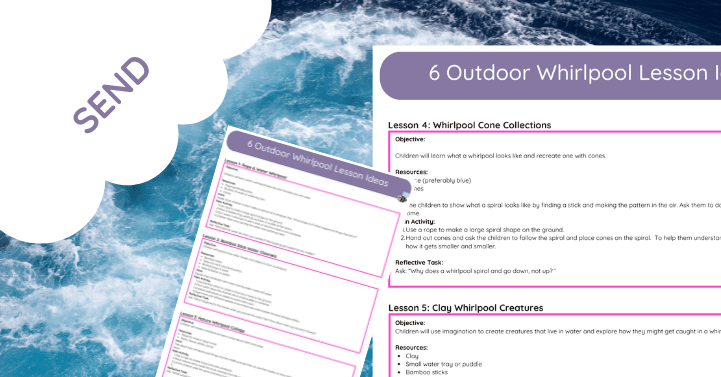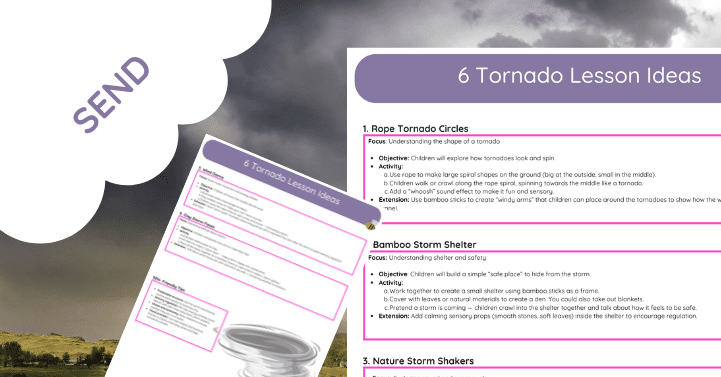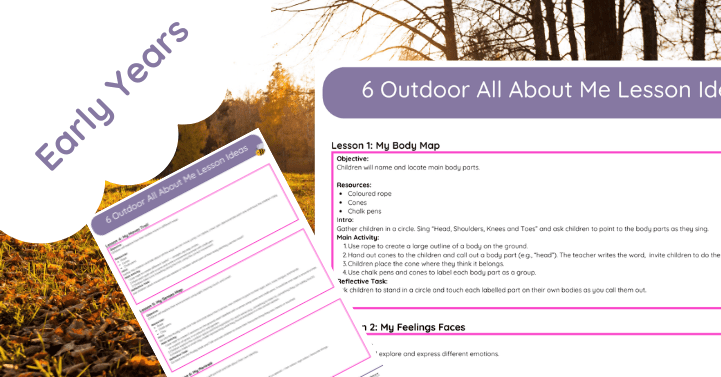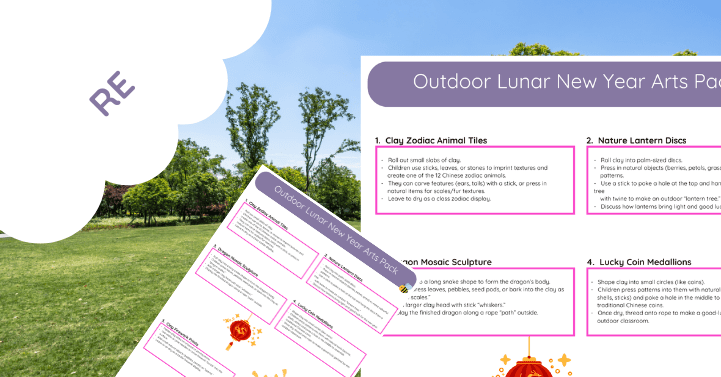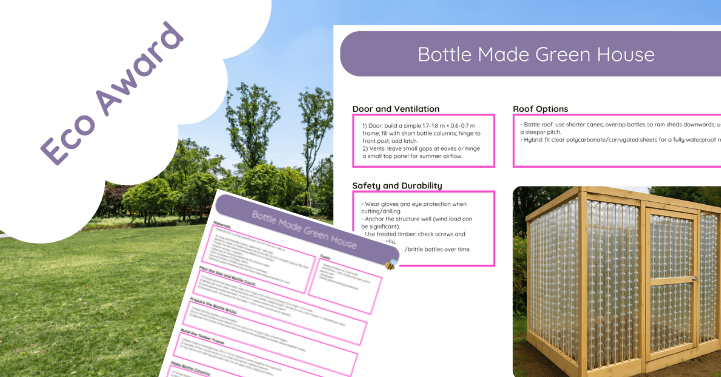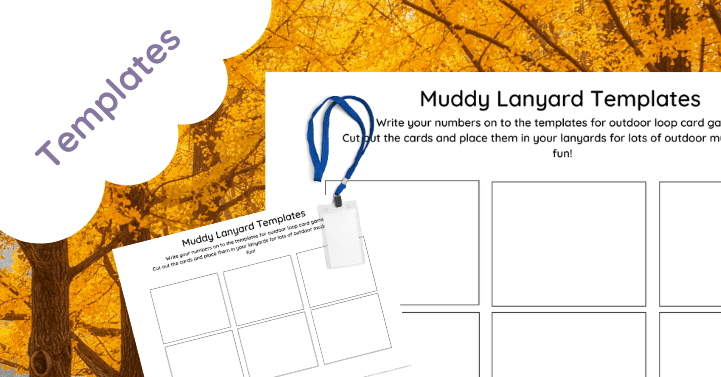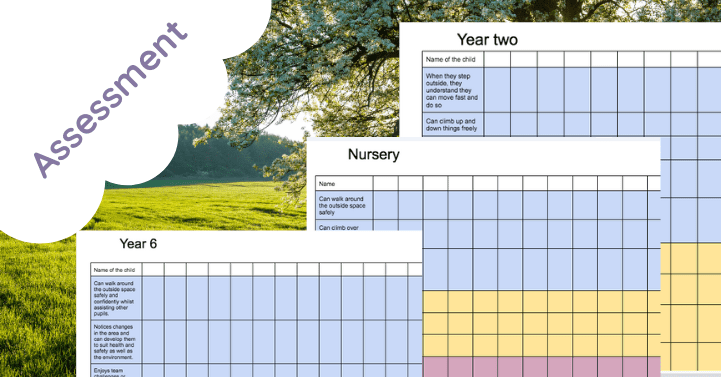Practical, playful and curriculum-linked outdoor learning for Key Stage 1
Bring outdoor learning ideas to life with this engaging and practical resource packed with rope-based activity ideas tailored for Key Stage 1 learners. Outdoor Learning Ideas (Ropes) – KS1 provides a collection of simple, hands-on lessons that combine physical movement, creative thinking, and cross-curricular learning.
Designed to support key areas of the national curriculum—including Maths, English, PSHE and Geography—this guide helps educators integrate outdoor learning into everyday teaching, using just ropes and a little imagination.
✅ What’s Inside:
-
5+ versatile rope-based outdoor learning ideas ideas for KS1
-
Clear learning objectives linked to curriculum areas
-
Step-by-step instructions and extension suggestions
-
Opportunities to develop teamwork, resilience and problem-solving
-
Ideal for playgrounds, fields, woodland areas or forest school settings
Key Benefits:
-
Encourages active, kinaesthetic learning
-
Supports physical, emotional and social development
-
Promotes confidence, cooperation and communication
-
Easily adaptable for different group sizes and abilities
-
Minimal resources required – just ropes and outdoor space
Perfect for:
-
Teachers and Teaching Assistants
-
Outdoor learning coordinators
-
Forest school leaders
-
Home educators looking for outdoor curriculum links
Empower children to explore, move, and learn through play with Outdoor Learning Ideas (Ropes) – KS1 – your go-to guide for making outdoor learning meaningful, memorable and fun.
Let me know if you’d like a version with bullet points for a resource pack, or a shortened version for online store listings!
Outdoor Learning Ideas (Ropes) for KS1: Practical and Playful Curriculum Links
Outdoor learning is a powerful way to engage Key Stage 1 (KS1) children in hands-on, active learning. With just a few lengths of rope and a little imagination, you can create rich learning experiences that promote problem-solving, physical development, teamwork, and curriculum understanding. In this blog post, we explore creative rope-based outdoor learning ideas perfect for KS1 pupils, with links to subjects such as maths, English, geography and PSHE.
💡 Looking for ready-to-use rope activity plans? Download our Outdoor Learning Ideas (Ropes) – EYFS resource here.
🌳 Why Use Ropes in Outdoor Learning?
Ropes are one of the most versatile outdoor learning tools. They’re lightweight, easy to store, and endlessly adaptable. Whether used for building, storytelling, measuring, or movement, ropes help bring abstract concepts to life and support different learning styles—especially kinesthetic learners.
Benefits include:
-
Promoting gross and fine motor skills
-
Encouraging collaboration and communication
-
Supporting cross-curricular links
-
Enabling creativity and problem-solving in a natural environment
🧠 5 Engaging Rope-Based Activities for KS1
Here are five tried-and-tested rope activities that combine curriculum outcomes with outdoor play.
1. Rope Shape Detectives
Subject: Maths – Geometry
Focus: Recognising and naming 2D shapes
Lay out ropes in the form of squares, triangles, circles, and rectangles. Children explore each shape, walk its perimeter, and discuss its properties (e.g. sides, corners, straight or curved lines).
📘 Extension: Give children short lengths of rope and challenge them to form their own shapes with partners.
🔗 Further reading: NRICH – Shape Resources for KS1
2. Rope Story Trails
Subject: English – Storytelling & Speaking
Focus: Sequencing and descriptive language
Lay out a rope trail winding through your outdoor space. Place story prompts or images along the way. As children walk the rope path, they stop and retell or invent the next part of a story.
📘 Extension: Encourage use of sentence openers like “First,” “Next,” and “Finally” to build narrative structure.
🔗 External link: National Literacy Trust – Outdoor Literacy Ideas
3. Human Number Line
Subject: Maths – Number & Place Value
Focus: Counting, addition and subtraction
Create a number line on the ground using a rope and chalk or pegs to mark intervals. Children solve maths problems by walking, jumping, or pointing to the correct number along the rope.
📘 Extension: Challenge pupils with missing number problems or number bonds to 10/20.
4. Map the Rope Journey
Subject: Geography – Direction & Positional Language
Focus: Using compass points and basic mapping skills
Lay ropes to form a simple outdoor grid or route. Ask children to follow directional clues such as “take three steps north” or “turn left at the knot.” This helps build map-reading skills in a kinaesthetic way.
📘 Extension: Let children draw a bird’s-eye view of the rope layout, linking to basic mapping.
5. Rope Team Challenges
Subject: PSHE – Social Skills
Focus: Teamwork and communication
Set a team challenge using ropes—for example, tying a shape, creating a “rope fence,” or building a mini den. Children must work together, share roles, and problem-solve collaboratively.
📘 Reflection: Use the plenary to discuss what went well, what was tricky, and how they supported each other.
🔍 Teaching Tips
-
Always risk-assess rope activities, especially when balancing, climbing, or blindfolding is involved.
-
Use soft, thick ropes with young children to prevent rope burns or tangling.
-
Encourage pupil voice – let children suggest how ropes could be used creatively in future lessons.
🛠️ Link to the KS1 Curriculum
These rope-based activities align with multiple areas of the National Curriculum for KS1, including:
| Subject | Skills Supported |
|---|---|
| Maths | Counting, shape, measures |
| English | Speaking & listening, storytelling |
| Geography | Maps, direction, spatial language |
| PSHE | Cooperation, resilience, empathy |
| PE | Movement, coordination, spatial awareness |
📥 Get the Resource
Want all of these activities in one easy-to-use format? Download our Outdoor Learning Ideas (Ropes) – KS1 Pack, complete with step-by-step instructions, curriculum links, and extension suggestions for each lesson.


